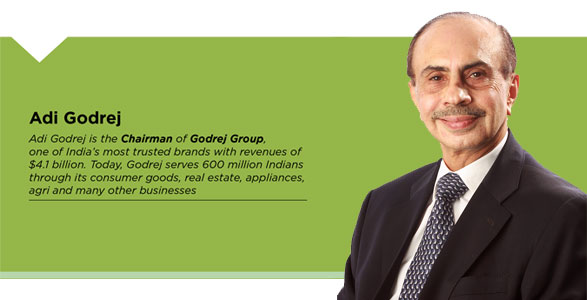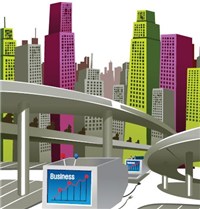
The year 2014 has been widely viewed as a landmark year for India. This is so, even as economies across the globe have been grappling with political as well as economic turmoil and uncertainty. There is much hope riding on our new central government with a majority in the parliament and a promise of a focused growth agenda. It could not have come at a more opportune moment. The future of India holds tremendous potential. A recent PricewaterhouseCoopers report estimates that India would become the third largest economy in the world by 2030. To put this in perspective, in 2013, India was pegged as the tenth largest economy. The rapid rise of the Indian economy with its young work force is tipped to be the big driver of this growth.
In order to accelerate growth that we all are aspiring for, a lot of work is needed on our policy framework front. The new government has started-off very well and has made major announcements in many different spheres; they have taken positive steps on FDI and on containing inflation in which they are helped by the fact that the international commodity prices have cooled down. Overall, the government has done a good job. It has improved the sentiment in the country and are taking steps to improve the ease of doing business in India.
This momentum should continue, rather, it should be accelerated. The government needs to constantly push for progressive measures. In my view, timely implementation of the GST, an open FDI policy, reduction in tax rates, land and labour reforms and boost to infrastructure would all come together to give the much-needed impetus to our manufacturing sector. The Prime Minister’s ‘Make In India’ aspiration would need all these measures to be taken. A lot needs to be done to improve India’s power situation. Coal production needs to be increased. Why has coal production been only a public sector play so far? The decision of the government to open commercial coal mining to private players is the right one. This should be extended to allow even foreign companies to enter this space. We need state of the art technology to increase output. Involvement of private sector especially international players who have experience in coal mining can help in turning around this ailing sector.
In my view, timely implementation of the GST, an open FDI policy, reduction in tax rates, land and labour reforms and boost to infrastructure would all come together to give the much-needed impetus to our manufacturing sector
At the same time, we need to seriously commit to larger socio-economic issues. Investing in infrastructure, sanitation, health and safety is imperative for inclusive growth of the India of tomorrow. While we pin our hopes on a young workforce, we need to make education and skilling and training our focus. The problem in our country is not unemployment but un-employability. Till the young workforce is adequately trained to be absorbed into productive labour force, the benefits of our demographic profile would not materialise. There is huge scope to leverage technology when we have an Internet user base of over 200 million and the world’s third largest and wireless telecom subscriber base of over 900 million.
The shape of India’s income pyramid is evolving with rising disposable income, particularly in rural India. During my visits to rural India, I have been surprised to see the kind of products rural Indians use. In fact, over the past two years,  the per capita expenditure in the rural areas has grown faster than that in urban areas. There is a very high growth opportunity in the rural market as a large part of the Indian population continues to live there and most of this market is still under-penetrated and has low levels of consumption.
the per capita expenditure in the rural areas has grown faster than that in urban areas. There is a very high growth opportunity in the rural market as a large part of the Indian population continues to live there and most of this market is still under-penetrated and has low levels of consumption.
Also, the middle class, with both the ability and willingness to spend, is expanding. As urbanisation increases, access to better jobs, health and education services will become easier. More and more of India’s middle class will begin to move beyond Tier 1 cities and spread into Tier 2 and 3 cities. Hence, these towns will become attractive grounds to target and drive the next wave of consumption. Our rapid population growth has given us a competitive edge in terms of a youthful demographic profile and a lower dependency ratio. The pressure to save will ease. This will result in a quickly expanding consumer base. It would hence be imperative for businesses like us to find innovative ways of reaching this consumer base and improving accessibility of products and services for them.
The fundamentals of the Indian economy remain strong. India Inc. must reassess the role it will play in equipping our country to achieve its true potential. We are fortunate to be at a turning point in India’s growth story and to be having the opportunity drive a new wave of growth in the country.